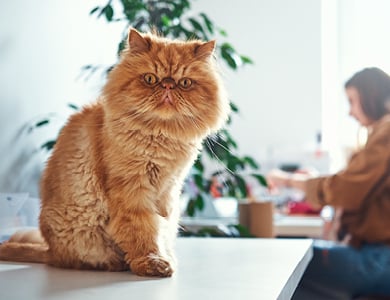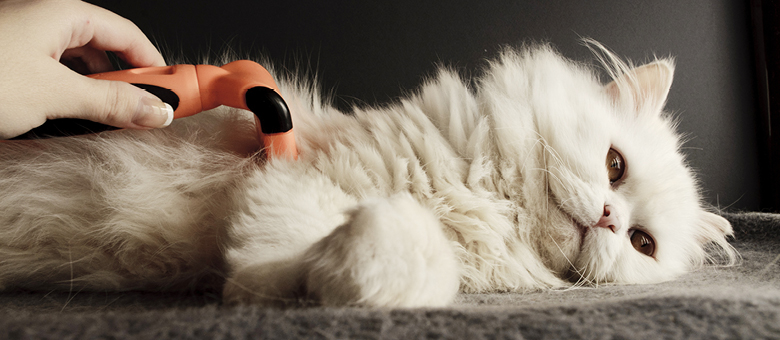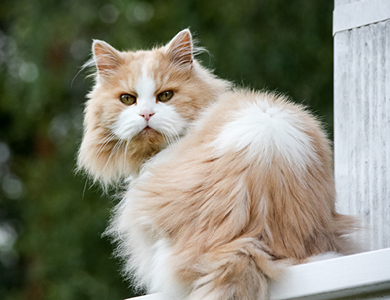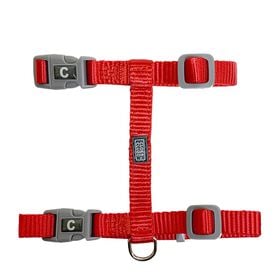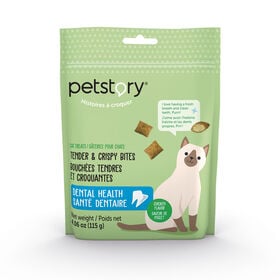Persians evoke opulence and high society both in appearance and attitude, so it comes as no surprise that they are extremely popular. Persians would certainly be part of the cat aristocracy, if such a thing existed.
Morphology and appearance
The Persian is possibly one of the most easily recognizable breeds. It is a stocky cat, with strong bones, short, sturdy legs and wide shoulders. From the side, its body forms a rounded square. Its body type is referred to as cobby, as opposed to the slender body type of the Siamese.

Its head, which is very large and round, is all the more distinctive because its short, flat nose has a very deep stop. The cheekbones, jaw and chin are strong, emphasizing its flat face. Its small ears are rounded and well spaced on the skull, partially disappearing behind the long hair. In the middle of its distinctive face, the Persian’s very large, bright eyes are set wide apart.
A Persian wouldn’t be a Persian without its long coat, the longest of all long-haired cats. Some even have a coat that is 20 cm long! The coat is very fine and silky. The thick undercoat and collar that continues to the belly give the cat volume. The Persian has a fluffy, plume-like tail. The tail is short, but its impressive volume more than makes up for it.
All coat colours are possible, and Persians come in over 80 different colours. However, according to some cat associations, certain coat colours have their own names or are their own specific breed.
Behaviour
Two major factors are responsible for the Persian’s placid temperament. First, breeders have been selecting cats for their placid temperament since the creation of the breed. Second, the character trait is reinforced by the breed’s physical characteristics, which don’t lend themselves to intense exercise. The shape of the cat’s nose compromises its airway, and prevents most Persians from getting enough oxygen or controlling their internal temperature. Although this greatly limits their hunting abilities, it does not keep them from being playful. Quite the contrary! Persians will, however, play more discreetly than their athletic cousins. They may also need to be encouraged more and to have their games adapted.
Persians are more observers and enjoy routines. Although they despise change, they can adapt over time. They do not participate much in family life, unless it suits them, and they might not enjoy living in an active household. However, some purebred Persians are very active and get right in on the action. Since all temperaments are possible within a given breed, it’s important to ensure that a cat is a good fit for its future family. Future owners should also consider the amount of time that they will have to dedicate to meeting the cat’s grooming needs.
Level of maintenance (grooming)
Given their abundant coat and undercoat, Persians require hours of grooming. Meticulous daily brushing is needed to remove dead hair, and prevent knots from forming and the hair from felting together. Getting the cat used to being brushed and combed from early on will help make grooming easier for the rest of the cat’s life.
Cutting or shaving the cat’s hair is sometimes part of a Persian’s grooming routine. This may be done for esthetic reasons, to enhance the cat’s distinctive shape, to make daily maintenance easier or to solve hair problems.
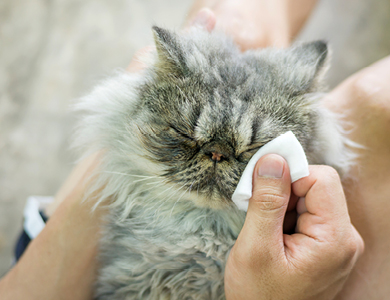
The Persian’s large, slightly bulging eyes also require special care and vigilance. The physiognomy of the muzzle can cause the eyes to run more than normal. In such cases, the skin folds between the eyes and nose must be carefully wiped daily to avoid irritations or infections. The Persian’s eyes are also prone to various problems, and daily monitoring for changes can help prevent serious conditions.
The ears, although not very large, also need to be checked. They tend to accumulate a great deal of earwax. Since cats’ ears are more sensitive than dogs’, it’s preferable not to use just any cleaning solution without first consulting your veterinarian, and avoid cotton swabs at all costs. A dry cloth or one slightly moistened with a product specifically for cats is recommended to clean the ears. Your veterinarian can tell you how often this should be done.
In addition to maintenance specific to the breed, basic nail care and toothbrushing are also recommended, as they are for all other cats, purebred or not.
Origins
The Persian is considered to be an artificial breed, meaning that is was entirely created and shaped by humans. There were no Persian cats in ancient Persia, even though the name of the breed alludes to this region. It is, in fact, the ancestor of the Persian—the one that passed down the gene for long hair—that came from ancient Persia before being brought to England in the 17th century. Genetic studies indicate that this ancestor was the Turkish Angora. Beginning in the 19th century, British breeders selected Angoras (sometimes called longhairs at the time) to cross with other European breeds, including British shorthairs, to create a more rounded cat, but with long hair. This morphology was entirely unique for the time, and sparked a keen interest. Rigorous selective breeding continued in order to preserve the distinctive look that would become the Persian cat.
Although breed standards have changed very little since the late 19th century, today’s Persian no longer looks like the Persian of the past. Over time, the breed’s characteristic traits have been pushed to the extreme: the head has become more and more round, the eyes bigger and rounder, the ears smaller and the nose flatter. This frenzy to exaggerate the physical characteristics reached a peak in 1930, when the Americans created the peke-face, a variety whose face is as crushed as possible, with the chin, nose and forehead aligned in the same vertical plane. The American-type Persian is associated with more respiratory and eye problems as a result of its skull conformation. There is, in fact, a controversy between breeders of English-type Persians—the traditional so-called “doll-face”—that has a rounder skull and is closer to the first ancestors of the breed, and breeders of American-type Persians.
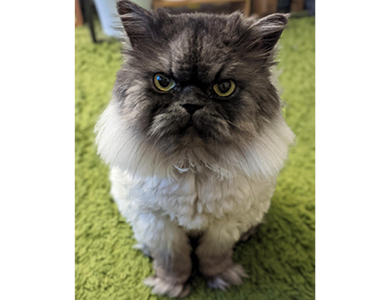
source : Yuzu, un des chats persan de la grande famille Mondou
Unusual facts
Some cat associations refer to the “classic Persian” as the one whose coat is a single colour, parti-coloured, tortoiseshell, tabby or smoke. Each colour defines a particular variety: blue Persian, white Persian, tabby and white Persian, black smoke Persian, etc. For each variety, there are restrictions for the colour of the eyes.
The colourpoint Persian, which has the Siamese gene, is called Himalayan in some regions of the world
When the hair is coloured only at the tip, on 1/8 or less of its length, the colour of the coat is called “shell.” If the hair is “silver shell,” meaning the pale portion of the hair is silver, it is called “Chinchilla.” The Chinchilla Persian is its own breed, which can be “silver” or “golden” and includes “tipping shaded” (1/3 of the hair or less is coloured). Besides the colour of the hair, this type of Persian is smaller and has characteristic emerald green eyes. The nose is also a little less flat.
The cameo Persian is a breed in the U.S. and a variety of the Chinchilla Persian in Europe. Its hair colour is “red silver shaded” or “red silver shell.”


